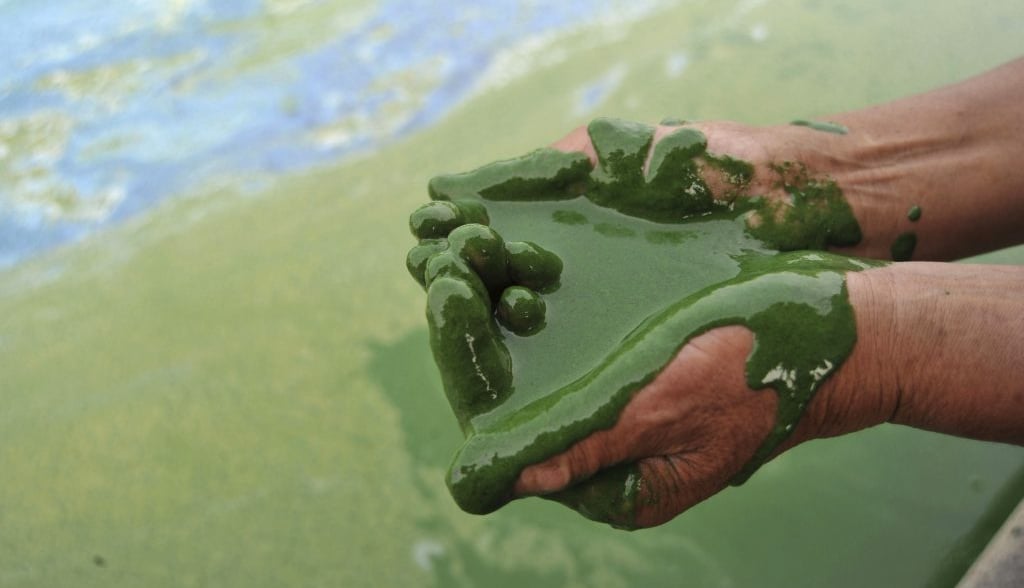How Deforestation Complicates Freshwater Ecosystems
As the economy and population expands, there is a constant necessity for more land and space. However, the natural human tendency of desire does have its consequences when dealing with climate change concerns.


Deforestation is an obvious concern when it comes to managing the world's warming trends, as it lowers the carbon dioxide absorption from the atmosphere. According to National Geographic, about half the forests dating back to the 1600s were cut down in order to exploit the area's natural resources. Now, there is a direct impact on the atmosphere's greenhouse gas balance, as trees utilize carbon dioxide during photosynthesis to produce the energy needed to survive. However, deforestation has countless indirect effects, one of which includes harming ecosystems in bodies of freshwater.
Algae is a common producer found in varying bodies of water: freshwater, seawater, and even brackish (a mix between fresh and salt water) water. Despite absorbing carbon dioxide, as many forests are helpful for, growing algal colonies can be a detrimental side-effect to deforestation. With less coverage from shadowing foliage and trees, algal colonies have access to more direct sunlight, which excessively supports its development. In addition to warmer water trends from climate change and less foliage coverage, a surplus of nutrients, like phosphorus, in the water often promotes algal blooms. Algal blooms, which can either be classified as harmful (HAB) or not harmful, occur when algae colonies grow excessively out of control, sometimes releasing toxins into the water.


While harmful algal blooms thrive, the toxins released into the water harm nearby organisms, often hindering their abilities or killing them. Thus, the biodiversity of the area becomes limited, weakening the ecosystem's immunity against disease or possible invasive species.
However, even simple efforts can help diminish the effects of deforestation. For instance, many communities have come together to plant trees, reduce their paper usage, and buy used or recycled products in lieu of new ones. Along with these straightforward actions, one can always make a difference by speaking out and advocating their voice to promote more awareness of deforestation and its side effects, which is the first step to gathering a devoted community together to solve worldwide issues.
Photo courtesy of REUTERS/Stringer
Photo courtesy of Unsplash
